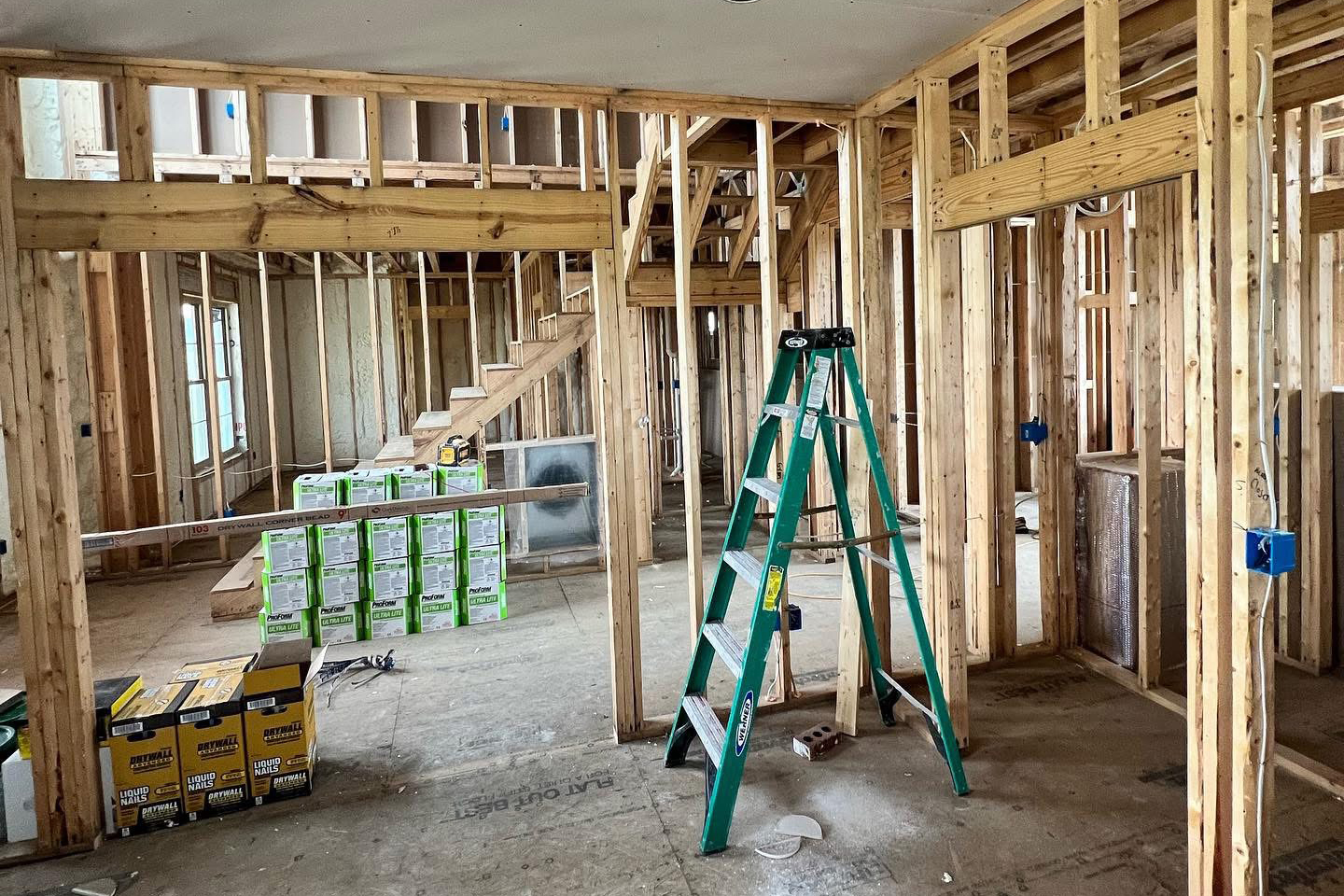
Drywall is a fundamental part of modern construction, providing a smooth, durable surface for walls and ceilings. Whether you’re building a new home, remodeling, or fixing damaged areas, proper drywall installation and repair are crucial for a polished finish.
Before starting your project, it’s important to select the right type of drywall. Here are some options:
1. Standard Drywall
2. Moisture-Resistant Drywall (Green Board)
3. Fire-Resistant Drywall (Type X)
4. Soundproof Drywall
A smooth drywall installation starts with careful preparation and the right techniques. Follow these steps for a professional finish.
1. Gather Your Materials
2. Measure and Cut
3. Secure Drywall to the Frame
4. Tape and Apply Joint Compound
Damaged drywall can make a room look unkempt. Here’s how to fix common issues:
1. Small Holes & Dents
2. Large Holes
3. Cracks & Seam Separation
Proper drywall installation and repair enhance the look and longevity of your home. Whether you’re tackling a DIY project or hiring professionals, following the right steps ensures a smooth, flawless finish that stands the test of time. If you need expert help, don’t hesitate to contact a drywall specialist today!

ceiling, window, wall, drywall, basement, joint compound, construction, home improvement, kitchen, woodworking, panels, installation, install drywall, finish drywall, install, drywall contractors near me, drywall installation near me, drywall installation cost, residential drywall contractors near me, sheetrock installers near me, sheetrock contractors near me, sheet rock installation, painting and drywall contractors near me, local drywall contractors, sheetrock installation cost, drywall installation, hanging drywall, putting up drywall, hanging sheetrock, wallboard installation, placing drywall
the ultimate guide to interior painting transform your space with colorthe complete guide to exterior painting protect and beautify your homedrywall installation repair